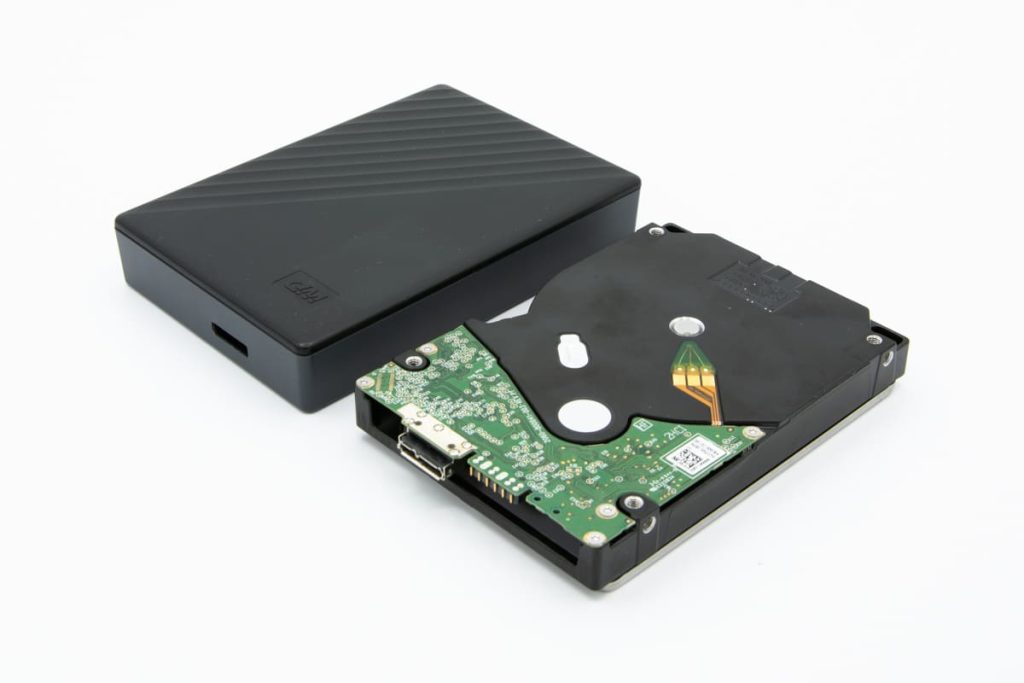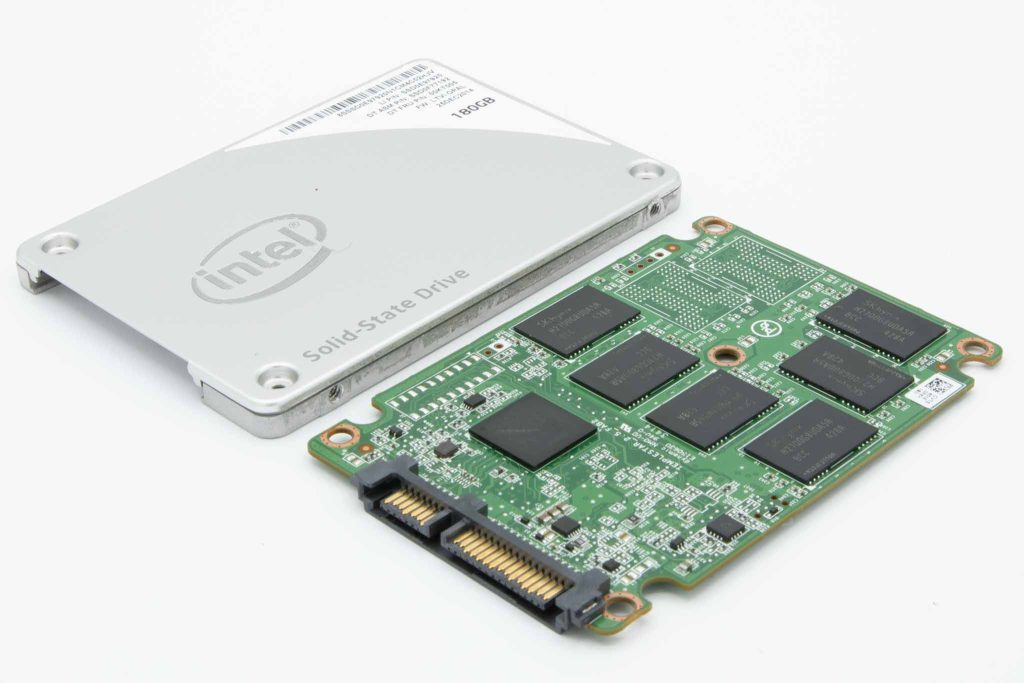Data wiping is essential for ensuring the security and privacy of data by erasing information stored on a hard disk. Its purpose is to make previously stored data unreadable and irretrievable, usually preventing unauthorised access or reusing sensitive information.
However, an important question arises: Is it possible to recover data from a wiped hard disk despite the measures taken to erase it? This blog explores the effectiveness of data-wiping methods and the potential for data recovery, raising significant concerns about data security and disposal.
Hard Drive Data Wiping
In a world where protecting data privacy and security is crucial, properly disposing of sensitive information stored on hard drives is essential. It becomes imperative to thoroughly erase all data before discarding, reusing, or repurposing storage devices. Different methods are available, each designed to make stored data unreadable and irretrievable. Understanding these data-wiping methods is vital to comprehend their effectiveness in preventing unauthorised access to confidential information.
Overwriting: This method involves replacing the existing data on a hard disk with random or specific patterns of ones and zeros. Multiple passes of overwriting, following recognised standards (such as DoD 5220.22-M or NIST SP 800-88), aim to render the original data unrecoverable.
Degaussing: Degaussing applies a strong magnetic field to the hard disk, erasing data by demagnetising the platters. While effective for traditional magnetic disks, this method does not work for solid-state disks (SSDs).

Physical Destruction: Physically destroying the hard disk through methods like shredding, crushing, or drilling ensures that data cannot be recovered. This method is the most secure but least environmentally friendly.
Purpose of Data Wiping and its Effectiveness
The primary purpose of data wiping is to protect sensitive information when disposing of or repurposing storage devices. Effective data wiping prevents unauthorised access to confidential data, making it difficult or impossible to recover.
However, the effectiveness of data-wiping methods in preventing data recovery depends on various factors, including the type of storage device, the technique used, the thoroughness of the process, and the expertise of the individual or organisation performing the wiping. Although these methods are highly effective, advancements in data recovery techniques and technologies occasionally present challenges, making complete data erasure a nuanced and evolving process.
Can a Wiped Hard Drive be Recovered?
After a hard disk has been subjected to a data wiping procedure, the main objective is to make the stored information irretrievable. However, there are concerns about the effectiveness of these erasure methods and whether the data can still be recovered. Understanding the intricacies of data recovery from wiped disks is important to comprehend the potential vulnerabilities and risks associated with disposing or reusing storage devices.

Possibility of Data Recovery After Wiping
While data wiping methods aim to render information irretrievable, there is still a possibility of recovering data from a wiped hard drive, especially through specialised professional services like PITS Global Data Recovery.
These experts have advanced techniques and tools that can sometimes recover seemingly erased data, depending on various factors.
Forensic Techniques and Tools for Data Retrieval
Professional data recovery services, such as those provided by PITS Global Data Recovery, utilise sophisticated forensic techniques and tools. These include specialised hardware and software designed to analyse and extract residual data from wiped drives thoroughly. These methods go beyond the capabilities of typical do-it-yourself (DIY) recovery software.
Factors Affecting Data Recovery Success
The success of data recovery from wiped drives depends on several crucial factors. These factors include the method used for data wiping, the type of storage device, the extent of the wiping process, and the expertise of the individuals performing the recovery attempts. Additionally, physical damage to the drive and the time since the wiping process can significantly affect the potential for successfully retrieving the data.
Limitations and Challenges
The objective of data wiping is to render information irretrievable, but ensuring complete erasure still presents limitations. Despite the use of advanced wiping methods, residual data can potentially be recovered. Factors such as the effectiveness of the wiping technique, drive type, and the time elapsed since wiping play a role. PITS Global Data Recovery Services acknowledges these challenges and strives to overcome them through specialised expertise and state-of-the-art technology.
Technological Advancements Affecting Recovery Capabilities
Rapid technological advancements influence the ever-evolving landscape of data recovery. New methods and tools are developed to recover data from wiped hard drives. PITS Global Data Recovery Services remains at the forefront of these advancements, utilising the latest innovations in forensic recovery technology to address the challenges posed by evolving storage media and complex wiping techniques.
Frequently Asked Questions
I accidentally wiped my hard drive. Is it possible to recover the data?
Accidentally wiping a hard drive can be distressing. Depending on several factors, such as the method used for wiping and the time elapsed since the wiping, it is possible to recover some or all of the data. PITS Global Data Recovery Services specialises in data recovery from wiped drives, offering advanced techniques for data retrieval.
How to recover a wiped hard drive?
Recovering data from a wiped hard drive is a complex process and typically requires specialised expertise and tools. If you’ve tapped a hard drive and need to recover the data, professional data recovery services, such as PITS Global Data Recovery, offer the best chance of retrieving lost information. These experts use advanced forensic techniques and cutting-edge tools designed to extract and reconstruct data that may still be on the drive despite the wiping process.
Attempting to recover data from a wiped hard drive on your own is not recommended, as it can lead to further data loss or damage to the drive. Consulting with experienced professionals in data recovery is the most reliable approach to potentially recovering lost information from a wiped hard drive.
What factors affect the success of data recovery from wiped hard drives?
Several factors impact the success of data recovery from wiped hard drives, including the method used for data wiping, the type of storage device (magnetic or solid-state drive), the thoroughness of the wiping process, the expertise of the individuals conducting recovery attempts, physical damage to the drive, and the time elapsed since the wiping.
How can PITS Global Data Recovery Services assist in recovering data from wiped hard drives?
PITS Global Data Recovery Services specialises in professional data recovery, employing advanced forensic techniques and cutting-edge tools to attempt data retrieval from wiped drives. The team’s expertise and technology enable them to address the challenges posed by erased data, offering a chance to recover lost information from various storage devices.


